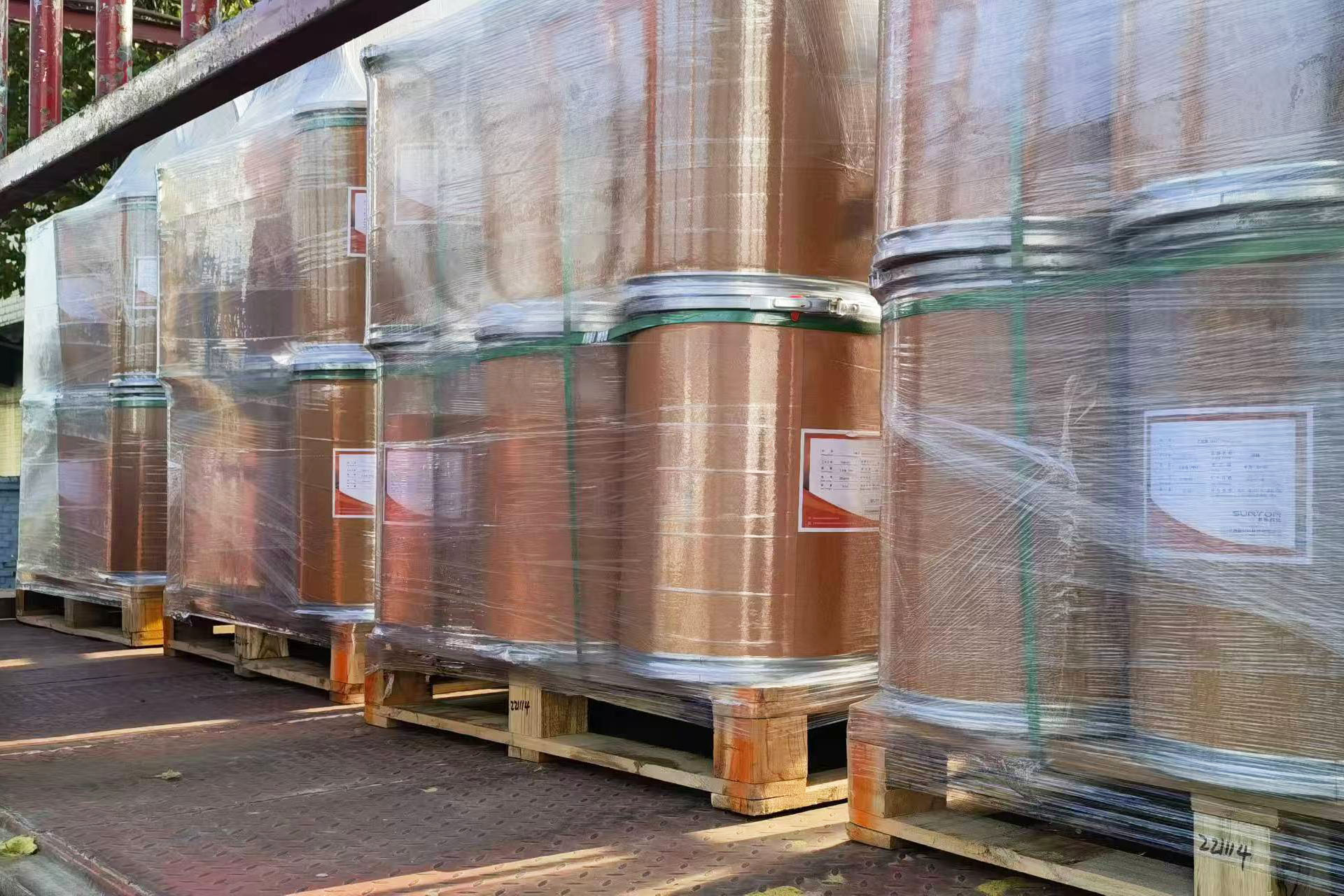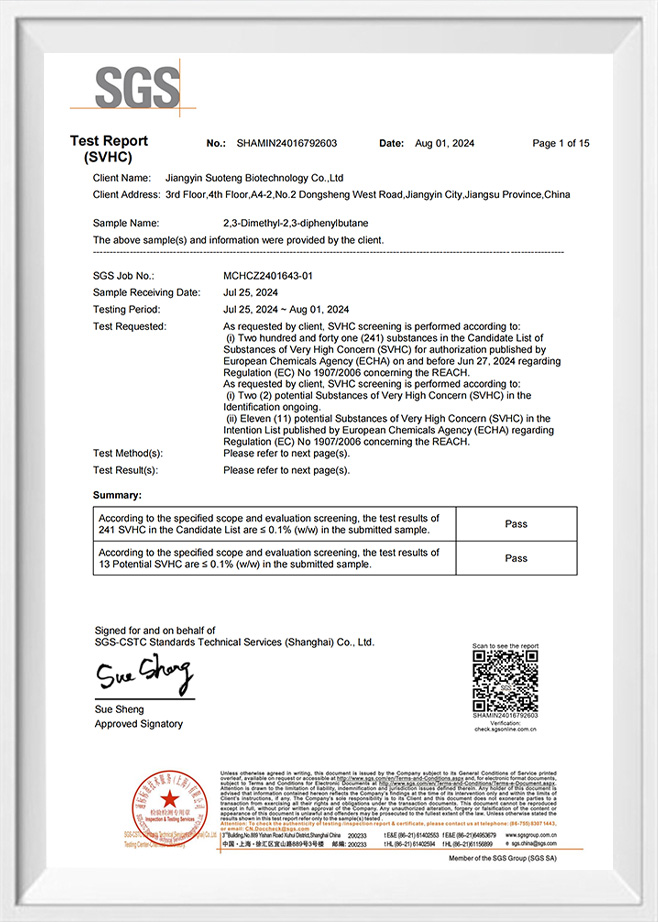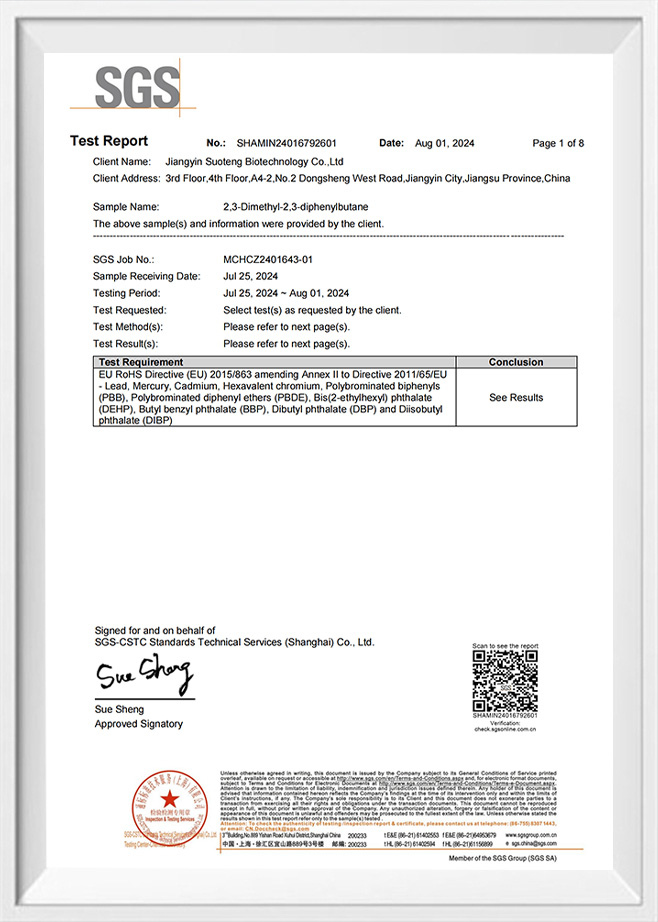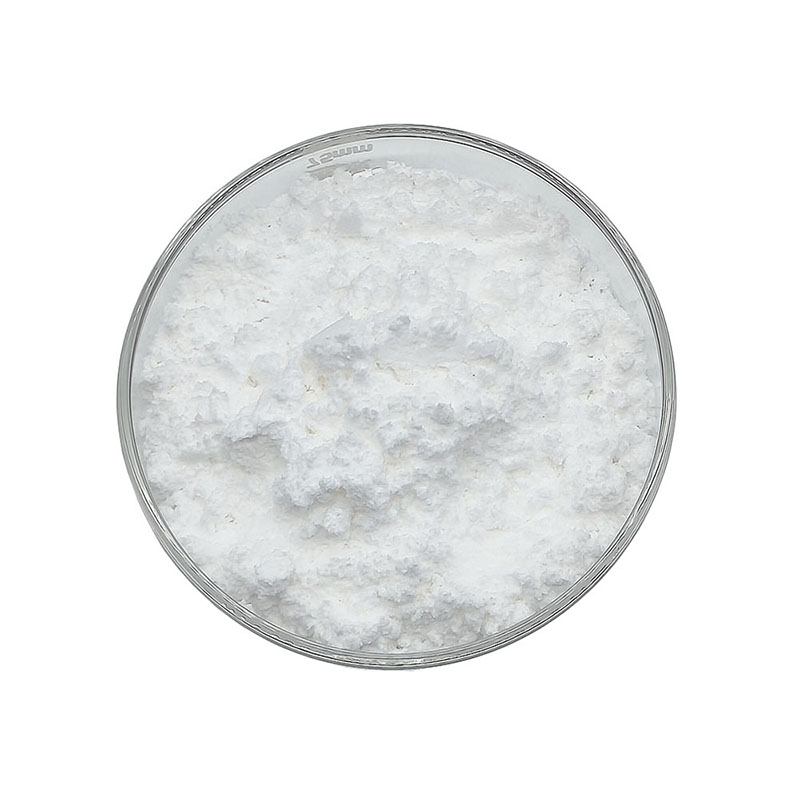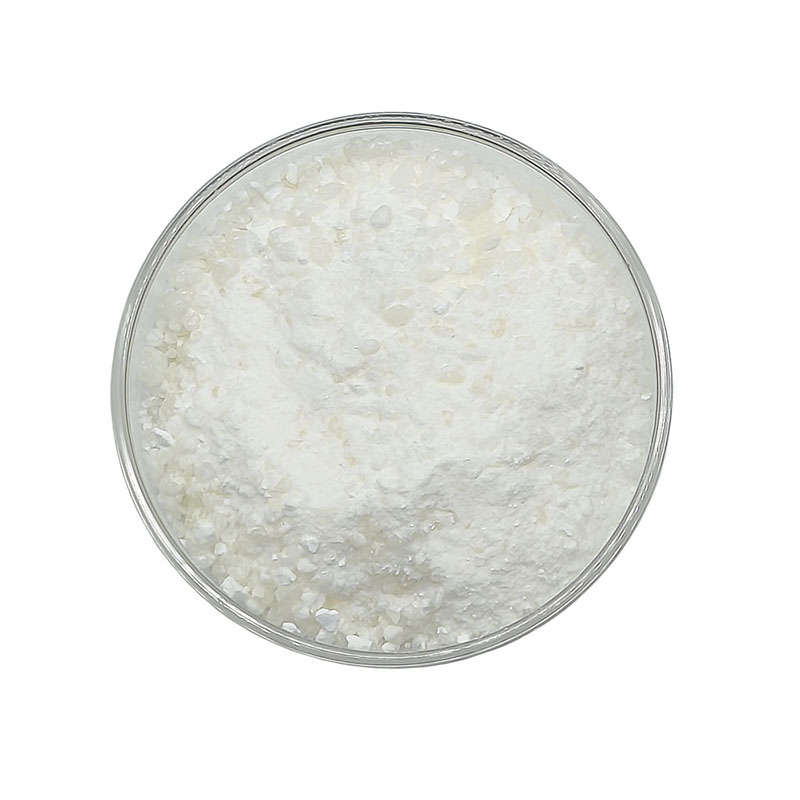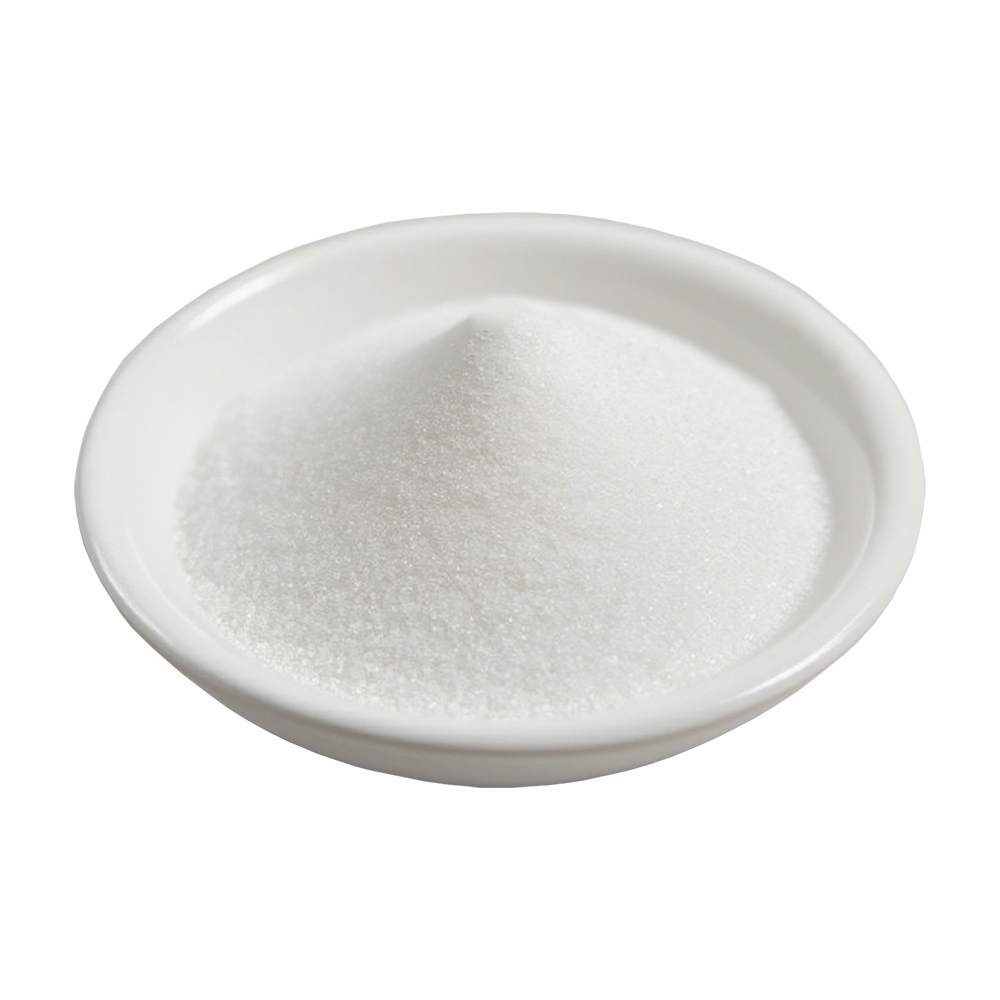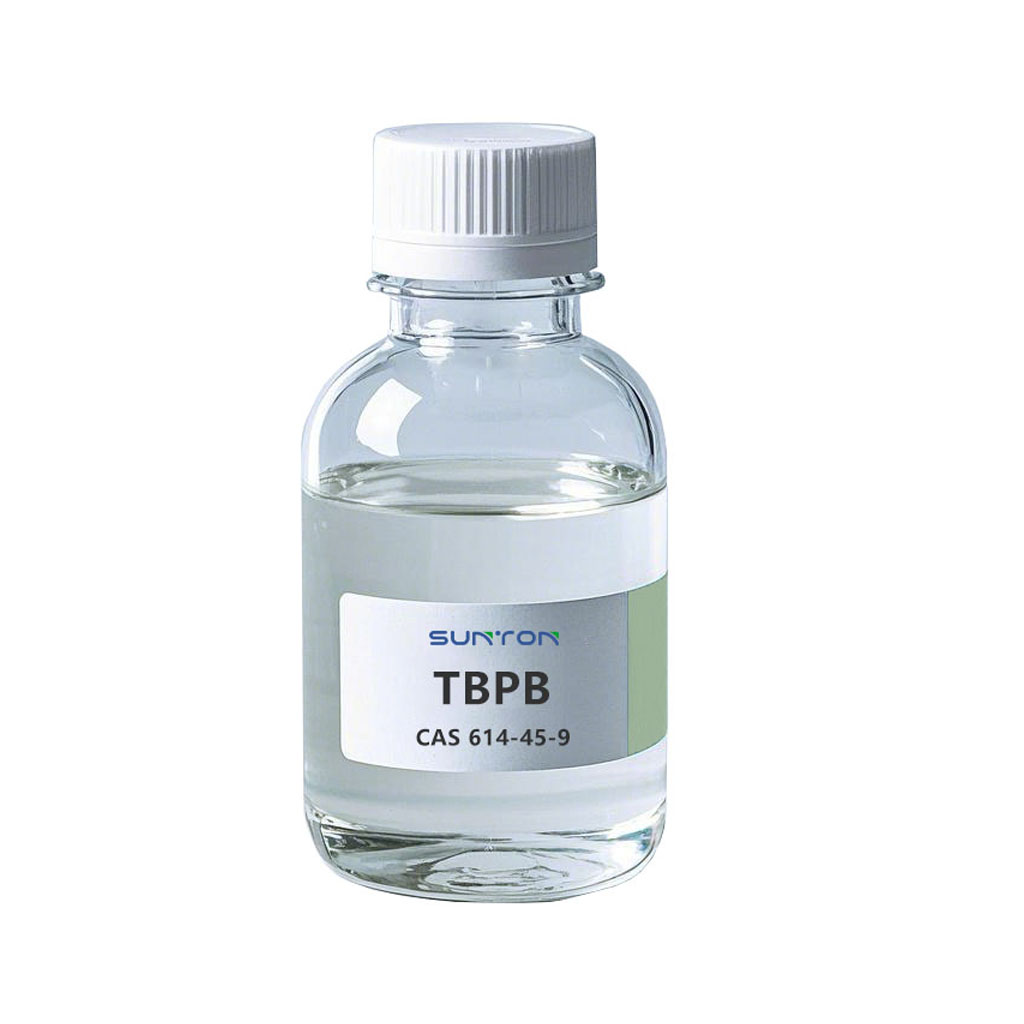Why Should You Consider This Antistatic Agent for Your Industrial Applications?
Antistatic agents are critical in numerous industries to mitigate the buildup of static electricity, which can cause various issues such as dust attraction, material handling problems, and potential hazards in environments with flammable substances. This particular antistatic agent is characterized by its colorless to light yellow transparent liquid appearance, making it easy to incorporate into different materials without altering their visual properties.
Composition
The antistatic agent comprises several key components:
Aliphatic Alkyl Fourth Season Amine Salt (49-51%): This is the primary active ingredient responsible for the antistatic properties. Aliphatic alkyl amines are known for their effectiveness in reducing static electricity by providing a conductive path to dissipate charges.
Isopropanol (0-12%): Isopropanol serves as a solvent, enhancing the agent's ability to evenly disperse throughout the material it is applied to. Its presence in varying concentrations allows for flexibility in the formulation, catering to different application needs.
Moisture (37-38%): The moisture content in the antistatic agent is essential for maintaining the liquid state and ensuring proper distribution of the active ingredients.
Physical and Chemical Properties
Ion Type: Cationic, which means the agent carries a positive charge. This is significant because it can neutralize negatively charged static buildup effectively.
APHA/Chromacity APHA: ≤100. This parameter indicates the color purity of the agent, ensuring that it does not significantly discolor the materials it is used on.
pH (2% Water Solution): Ranges from 6.0 to 8.0. This neutral to slightly alkaline pH ensures compatibility with a wide range of materials without causing corrosion or degradation.
Active Matter: 49% to 51%, indicating the concentration of the active antistatic components, which is crucial for ensuring consistent performance.
Packaging
The antistatic agent is available in various packaging sizes to suit different industrial needs:
25Kg Plastic Barrel: Suitable for small-scale operations or testing phases.
200Kg Plastic Barrel: Ideal for medium-scale industrial applications.
1000Kg Plastic Barrel: Best for large-scale manufacturing and applications where bulk quantities are necessary.
Applications
This antistatic agent finds applications across multiple industries:
Electronics: Prevents static discharge that can damage sensitive components.
Plastics and Polymers: Reduces static buildup that can attract dust and contaminants.
Textiles: Minimizes static cling and improves handling during manufacturing.
Packaging: Ensures that packaged goods do not accumulate static charges that can attract dust or pose a hazard in explosive environments.
Benefits
The primary benefits of using this antistatic agent include:
Effective Static Dissipation: By reducing static buildup, it improves safety and product quality.
Versatile: Suitable for use with a wide range of materials due to its neutral pH and transparent nature.
Flexible Formulation: The varying concentrations of isopropanol allow customization for specific needs.
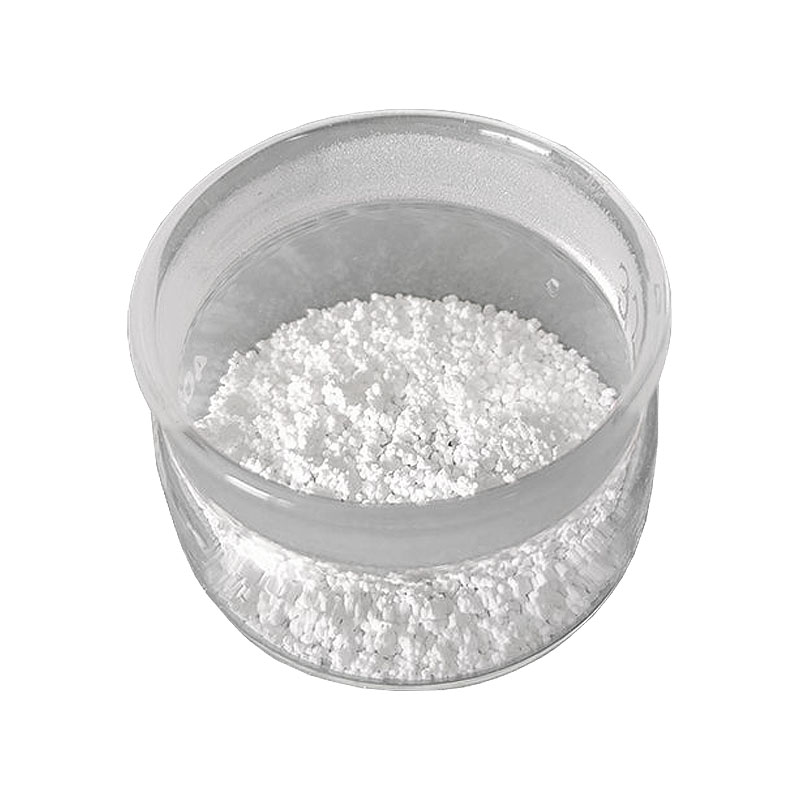 READ MORE
READ MORE


 English
English 中文简体
中文简体













